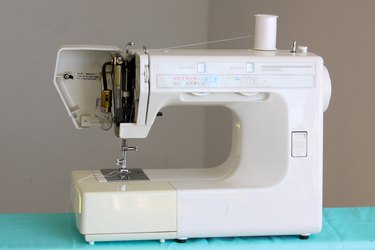
The basic mechanisms of a sewing machine are fairly simple. While some problems require professional repair, most can be identified and remedied yourself. Just remember to unplug the machine before working on the problem.
Old Needle
Video of the Day
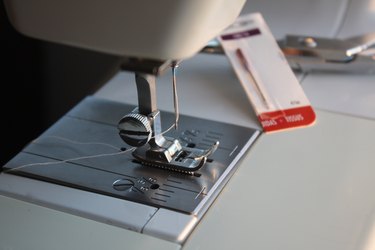
Sewing machine needles need to be changed often. If you ever sew over a pin, change the needle immediately. Sewing with a blunted needle is a common problem: it leaves bigger holes in the fabric, which weaken stitches and damage the fabric. If you are not sure how to change the needle correctly or what type of needle to use for what fabric, consult your instruction manual.
Video of the Day
Stuck Needle
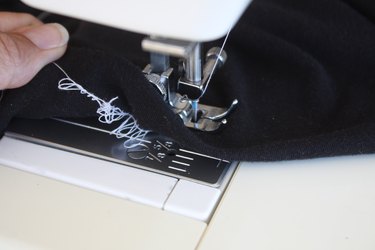
A common stitching problem involves the needle, fabric and threads suddenly getting tangled and stuck. The sewing machine will probably make a grinding noise. If this happens, immediately stop sewing, or you risk damage to the machine and the fabric. Most often this happens when there is some kind of thread jam. If the bobbin thread reaches its end but the tail of the thread is securely attached to the bobbin, it may not come loose. If the bobbin thread was not wound on evenly for some reason, it is likely to get tangled up, too. Sometimes the top thread gets wound around the spool pin a few times.
When the needle gets stuck, carefully cut the tangle of threads under the fabric and gently pull your fabric until it is released. If the needle is stuck in the fabric, gently move the hand wheel until the needle moves again. You need to unpick and remove all the fragments of thread; otherwise, they can clog and damage the machine. Unscrew or remove the needle plate if necessary, and remove and examine the bobbin and top threads. Usually, when you clean out and rethread the machine, the problem goes away.
Tension Too High
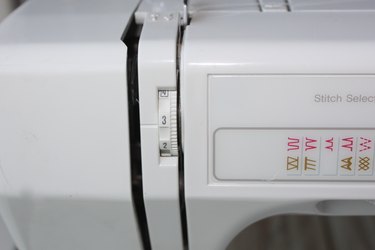
Stitch tension is a very important factor in successful machine sewing. If the tension is too high for the fabric you are sewing, too little thread is fed into each stitch. This results in puckering of the fabric, with the links between the top and bottom threads visible on the top layer. The stitches may be irregular in length and break easily, making your seams weak and your stitching unattractive. Always test the tension on a scrap swatch before sewing your actual project. If the stitch tension is too high, turn the pressure regulator on the machine to a lower number. Keep testing until the stitches are perfect-even, smooth and stable.
Tension Too Low
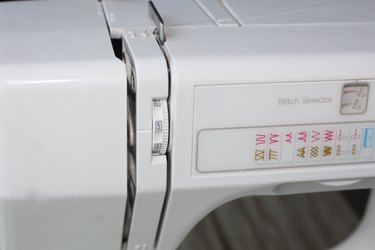
When the sewing machine's stitch tension is set too low for the fabric you are sewing, too much thread is fed into each stitch. Low tension is apparent when you see the linked loops of the threads on the underneath side of the fabric. The stitches are weak, they may be irregular and the bottom fabric may be pulled toward the feed dog. In this case, turn the pressure regulator to a higher number. Don't assume that the pressure will remain correct for different sewing projects; even slight differences in fabric weight, layers and the type of threads you use can make a difference to the tension level required.
Damaged Sheers
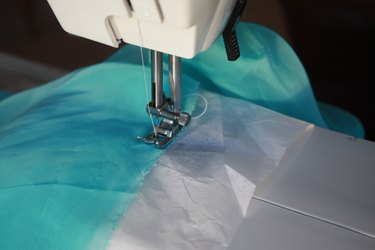
Lightweight sheer and silky fabrics like organza and chiffon are difficult to sew with a machine and require special handling and techniques. When sewing sheers, you may encounter problems like seams and folds slipping around under the needle or getting caught in the feed dog. When delicate fabric gets caught in the machine, it is easily torn and frayed, and unpicking stitches from sheers can leave visible holes.
When you are having trouble sewing sheers, it is not usually a mechanical problem; you just need to set up the machine correctly for successful sewing. Use thin threads and a brand-new, fine needle, and set a short stitch length. Adjust the tension while stitching on a swatch piece until the stitches are perfect. As a last resort, place a layer of thin tissue paper under the fabric and sew the fabric and paper both together. When you have finished, tear the paper away.